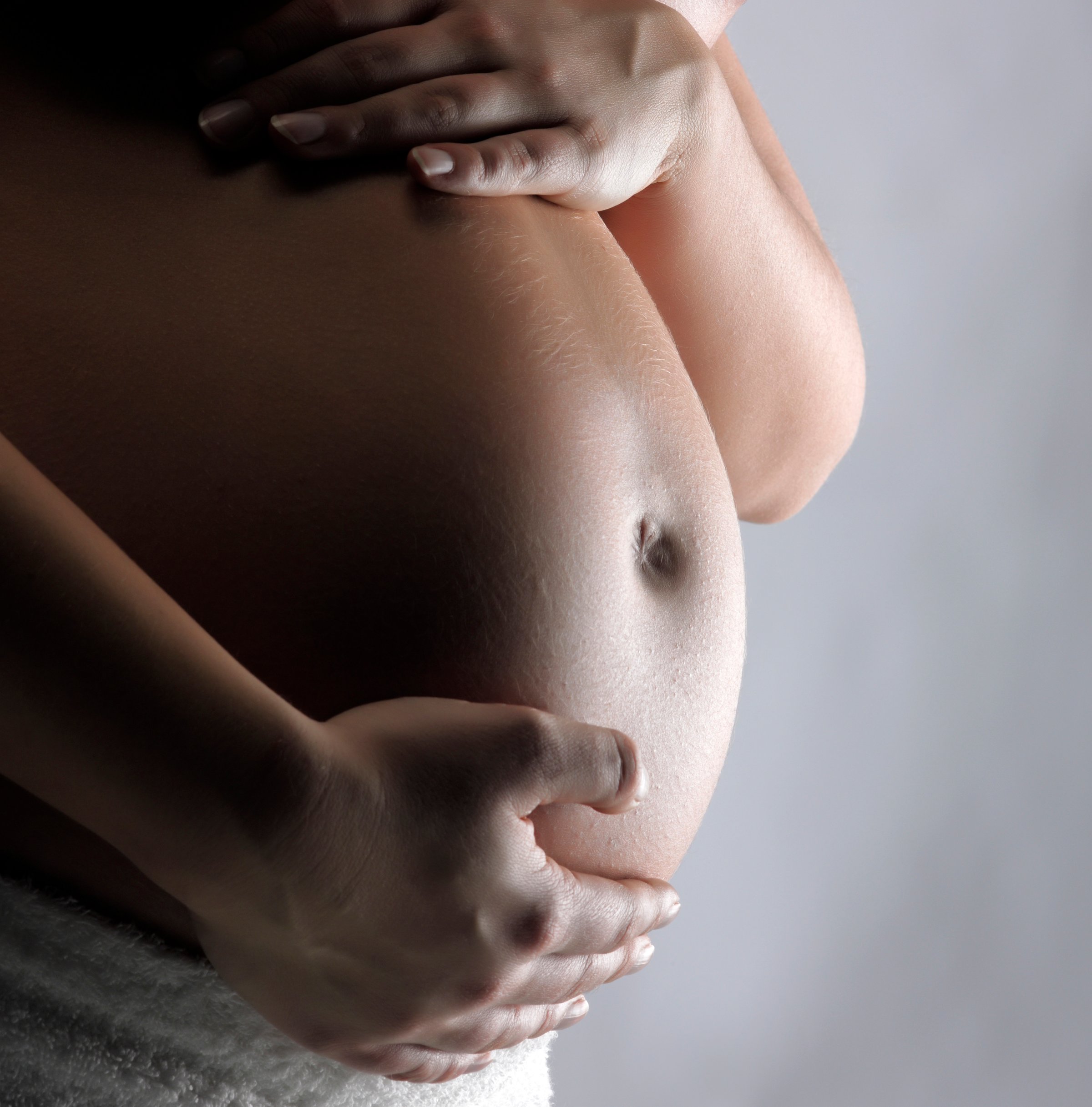
For couples who turn to IVF, the biggest question on their minds is how successful the treatment will be. That can vary widely, from 20% to around 50%, depending on what the issues are. Even so, most IVF experts won’t make those estimates until after the first cycle, when they have more information on the quality of the eggs, sperm and embryos involved.
But now, researchers led by David McLernon at University of Aberdeen report in the BMJ that there is a way to help couples get a better idea of their IVF success before they start their first cycle.
McLernon and his colleagues analyzed data from the Human Fertilization and Embryology Authority (HFEA), which collects data from all licensed IVF clinics in the U.K. The dataset, involving 113,873 women, provides complete information on more than 118,000 cycles performed at these clinics, including the number of eggs produced, number of eggs fertilized, number of embryos transferred, and number of live births. Based on this data, they isolated certain characteristics that were linked with higher success for a live birth.
After IVF began, factors that affected success included the woman’s age, as well as the number of eggs retrieved from the cycle, whether the eggs used were frozen, and the stage at which the embryos were transferred. The more eggs produced from each IVF cycle, the better the chances of a live birth, but only up to about 13 eggs; after that, over stimulation may result in lower-quality eggs that are less likely to become fertilized and result in healthy embryos.
The calculator, available here, can be a useful tool for couples considering and undergoing IVF, says McLernon. “It can really shape couples’ expectations and their chances over the complete journey of IVF, rather than just a single cycle,” he says. He notes that it’s not perfect — no model for estimating IVF success is — since it doesn’t take into account things like BMI and lifestyle factors. But it could help people get a more individualized estimate of their chances of having a baby. Current models focus on success rates involving fresh embryos only, but since more people are taking advantage of new technology that allows embryos to be frozen and transferred later, this model takes that option into account as well.
His group is working with IVF experts in the U.S. to test the model on the largest database of IVF information, overseen by the CDC and the Society for Assisted Reproductive Technology (to which member clinics voluntarily provide data), to see if the model applies to U.S. IVF cycles as well. There are some differences in IVF practices between the U.S. and the U.K., the most notable one being that in the U.S. clinics may still transfer more embryos per cycle than those in the U.K. “If it doesn’t predict well, we will make adjustments to recalibrate the model to make sure it does, and also add further predictors that might be available in the U.S. dataset that weren’t available in the HFEA dataset,” he says. “The model works so well in the U.K. I don’t see a reason why it can’t be used to counsel fertility patients in the U.S. as well.”
It may also help as a planning tool. “It can prepare them financially and emotionally,” says McLernon. “It can give them an idea that if their chances [of a live birth] are small, they may need to fund three to four cycles of treatment.” It may also help doctors to give their patients a more realistic and personalized perspective on their IVF experience, one that is based on real data from other couples like them.
More Must-Reads from TIME
- Donald Trump Is TIME's 2024 Person of the Year
- Why We Chose Trump as Person of the Year
- Is Intermittent Fasting Good or Bad for You?
- The 100 Must-Read Books of 2024
- The 20 Best Christmas TV Episodes
- Column: If Optimism Feels Ridiculous Now, Try Hope
- The Future of Climate Action Is Trade Policy
- Merle Bombardieri Is Helping People Make the Baby Decision
Contact us at letters@time.com